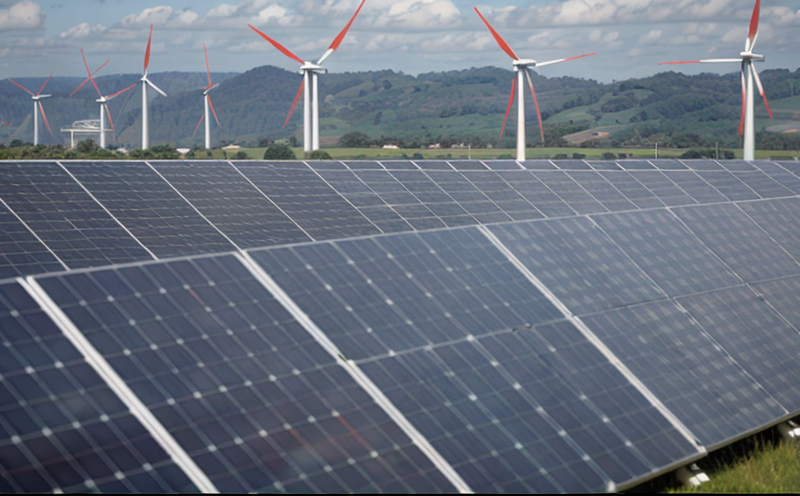Gas Chromatography Analysis of Biomass Extracts
In today's rapidly evolving energy landscape, renewable energy systems are increasingly critical in meeting global demand for sustainable power generation. Biomass, a key component of these systems, plays an essential role as a renewable fuel source. Gas chromatography (GC) analysis is one of the most widely used analytical techniques to identify and quantify the compounds present in biomass extracts.
Biomass refers to organic materials that can be converted into energy or other valuable products. Common types include wood, agricultural waste, and dedicated energy crops. The extraction process involves separating the complex mixture of compounds found within biomass, which typically includes sugars, lignin, cellulose, hemicellulose, and various volatile components such as alcohols, esters, and ketones.
GC is particularly suited for this task because it can efficiently separate these diverse components based on their volatility. The technique involves injecting the extract into a column packed with stationary phase materials that interact selectively with different compounds. As the sample moves through the column, each component elutes at its own characteristic time.
The primary goal of GC analysis in biomass testing is to determine the composition and purity of the extracted components. This information is crucial for optimizing the efficiency of biofuel production processes. By understanding the chemical makeup, researchers and engineers can fine-tune extraction methods and refine conversion technologies.
Moreover, GC data helps ensure compliance with international standards like ISO 17826:2015, which specifies requirements for the determination of volatile organic compounds in solid materials. This standard is particularly relevant when assessing biomass samples intended for use in renewable energy systems.
The analytical process begins by preparing the sample according to specified protocols. Typically, this involves solubilizing the biomass extract in a suitable solvent and filtering it to remove particulates before injection into the GC system. The choice of column type—such as polar or non-polar—depends on the specific compounds being analyzed.
Post-analysis, the results are interpreted based on retention times and peak areas obtained from calibration curves. These data points help quantify individual components within the biomass extract, providing valuable insights into its potential for conversion into biofuels or other beneficial products.
Understanding these nuances allows stakeholders in agriculture and forestry to make informed decisions about resource allocation and process optimization, ultimately contributing to more sustainable practices across various sectors.
Applied Standards
- ISO 17826:2015: Determination of volatile organic compounds in solid materials. This standard is particularly applicable to biomass samples.
- ASTM D6866-19: Standard test method for determination of volatile organic compounds (VOCs) from solid and liquid waste by gas chromatography-mass spectrometry (GC/MS).
Scope and Methodology
The scope of our GC analysis service encompasses the comprehensive examination of biomass extracts, focusing on identifying and quantifying individual compounds. Our methodology adheres strictly to established international standards, ensuring accurate and reliable results.
We employ state-of-the-art gas chromatographs equipped with mass selective detectors (MSD) for enhanced resolution and sensitivity. This setup enables precise measurement even when dealing with trace amounts of volatile organic compounds.
The entire process is meticulously documented to meet the stringent requirements set forth by regulatory bodies. From sample preparation to final reporting, every step is conducted under controlled conditions to maintain consistency and accuracy.
Our team of experts ensures that all analyses are performed according to best practices, leveraging advanced software for data interpretation and validation. This approach guarantees high-quality outputs that can be trusted in both research and commercial applications.
Use Cases and Application Examples
- Biofuel Production Optimization: By understanding the exact composition of biomass extracts, manufacturers can adjust their processing techniques to maximize yield while minimizing waste.
- Environmental Monitoring: Regular GC analyses help track changes in biomass quality over time, aiding in environmental management strategies.
- Sustainability Assessment: The data obtained through this analysis contributes significantly towards quantifying the environmental impact of different types of biomass usage.
- R&D Innovations: Insights gained from GC studies enable continuous improvement in biofuel technology development, leading to more efficient and effective solutions.





